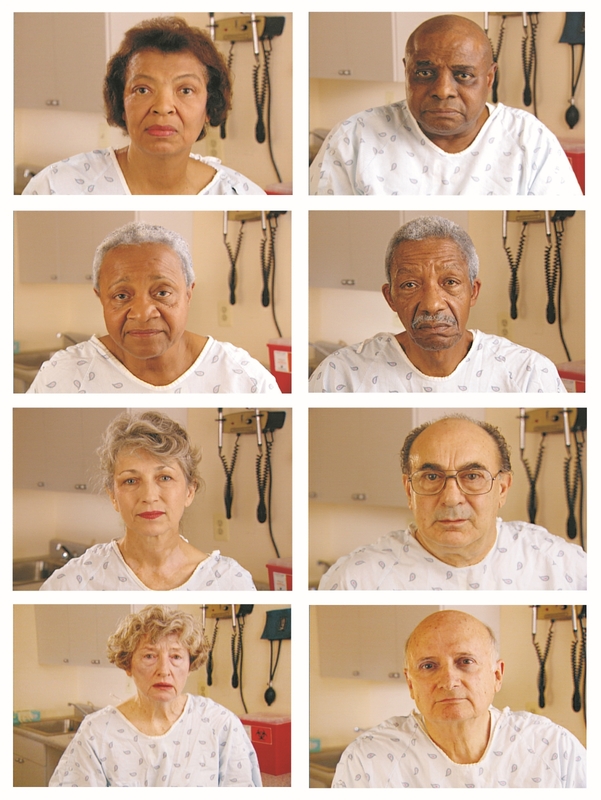Physician Bias

Harper’s Weekly, June 2, 1900
Physician bias—treating patients differently based on their ethnicity or gender—has been a major challenge for the medical profession. Studies show that racial and ethnic minorities are less likely to receive routine medical procedures, and they experience a lower quality of health services. For example, minorities are less likely to be given appropriate heart medications or to undergo bypass surgery, and are less likely to receive kidney dialysis or transplants.
A case of bubonic plague contracted by a Chinese man in San Francisco in 1900 resulted in the Board of Health ordering an immediate quarantine of Chinatown that lasted a year. Critics, both Chinese and white, questioned the Board’s strategy of dividing the contaminated from the uncontaminated along racial lines, with no scientific evidence to support these policies.
In 1999, Dr. Kevin A. Schulman and a team of researchers examined the issue of physician bias. In this famous study, they videotaped African American and white actors performing identical scripts when doctors examined them for chest pains. The study found that African Americans and women were less likely to receive further tests and treatment. The researchers attribute the disparate care to “subconscious perceptions rather than deliberate actions or thoughts” on the part of the physicians.

Courtesy of The New England Journal of Medicine
The Effect of Race and Sex on Physicians’ Recommendations for Cardiac Catheterization. Kevin A. Schulman, M.D., Jesse A. Berlin, Sc.D., William Harless, Ph.D., et al. N Engl J Med. 1999 Feb 25;340(8):618-26.
Further Reading
Bean, M. G., Stone, J., Badger, T. A., et al. (2013). Evidence of Nonconscious Stereotyping of Hispanic Patients by Nursing and Medical Students. Nursing Research, 62(5), 362–367.
Hayes-Bautista DE, Kahramanian MI, Richardson EG, et al. The rise and fall of the Latino dentist supply in California: implications for dental education. J Dent Educ. 2007 Feb;71(2):227-34.
Grumbach K, Mendoza R. Disparities in human resources: addressing the lack of diversity in the health professions. Health Aff (Millwood). 2008 Mar-Apr;27(2):413-22.
Awosogba, T., Betancourt, J. R., Conyers, F. G., et al. (2013). Prioritizing health disparities in medical education to improve care. Annals of the New York Academy of Sciences, 1287, 17–30.
Moskowitz, G. B., Stone, J., & Childs, A. (2012). Implicit Stereotyping and Medical Decisions: Unconscious Stereotype Activation in Practitioners’ Thoughts About African Americans. American Journal of Public Health, 102(5), 996–1001.